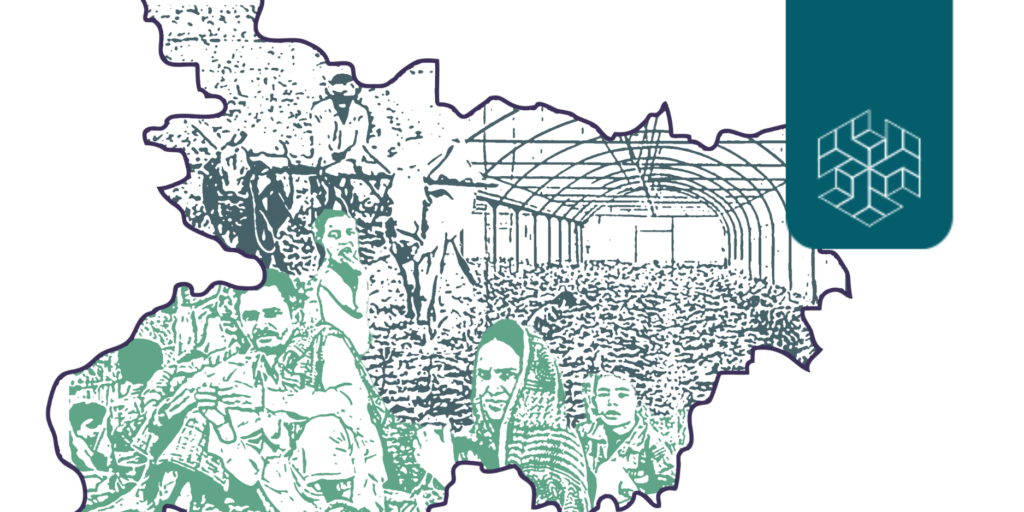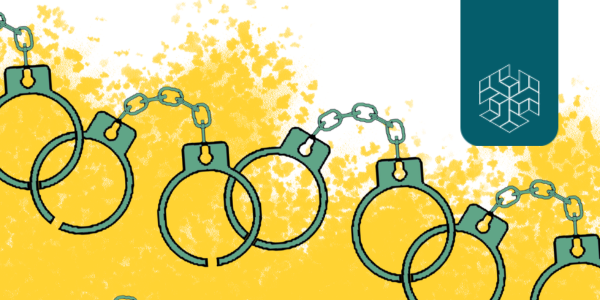INTRODUCTION
The United Nations defines migration as the movement of persons away from their usual residence within a state (internal migration) or across international borders (immigration). Over the decades, migration has become a universal phenomenon. It has significantly impacted population change, mobility patterns, demographic transition, urbanisation, and economic development (Bhagat & Keshri, 2020). In a developing country like India, migration is mainly influenced by social structures and economic factors such as poverty, unemployment, underdevelopment, and regional disparities (Das & Saha, 2013). It is often seen as a coping and adaptive strategy for India’s poor and marginalised groups. Recently, growing urbanisation, improvement of educational levels and opportunities, and development of transport and communication have also become new factors contributing to spatial mobility (Bhagat, 2016). Internal migration is both the cause and consequence of economic development and urbanisation.
According to the Census of India (2011), there were 454 million migrants in India (38% of the population), as compared to 315 million in 2001 and 220 million in 1991. In 2011, out of the total migrants, 99% were internal migrants, and 1% were immigrants. In India, an interstate migrant is defined as a person residing away from their usual state of residence and residing longer than six months in their destination state (Aggarwal et al., 2020). Interstate migrants constitute 12.1 % of total migrants comprising 54.2 million migrants compared to 26.6 million in 1991 and 41.1 million in the 2001 Census. In the last three decades, a significant number of interstate migrants have originated from Uttar Pradesh, Bihar, Rajasthan and Tamil Nadu, while Maharashtra, Delhi and Gujarat have been major destination states (Census of India, 2011). Interstate migration is linked to underdevelopment, poverty, social inequalities, regional disparities, rural stagnation, rural neglect, and uneven national development.



